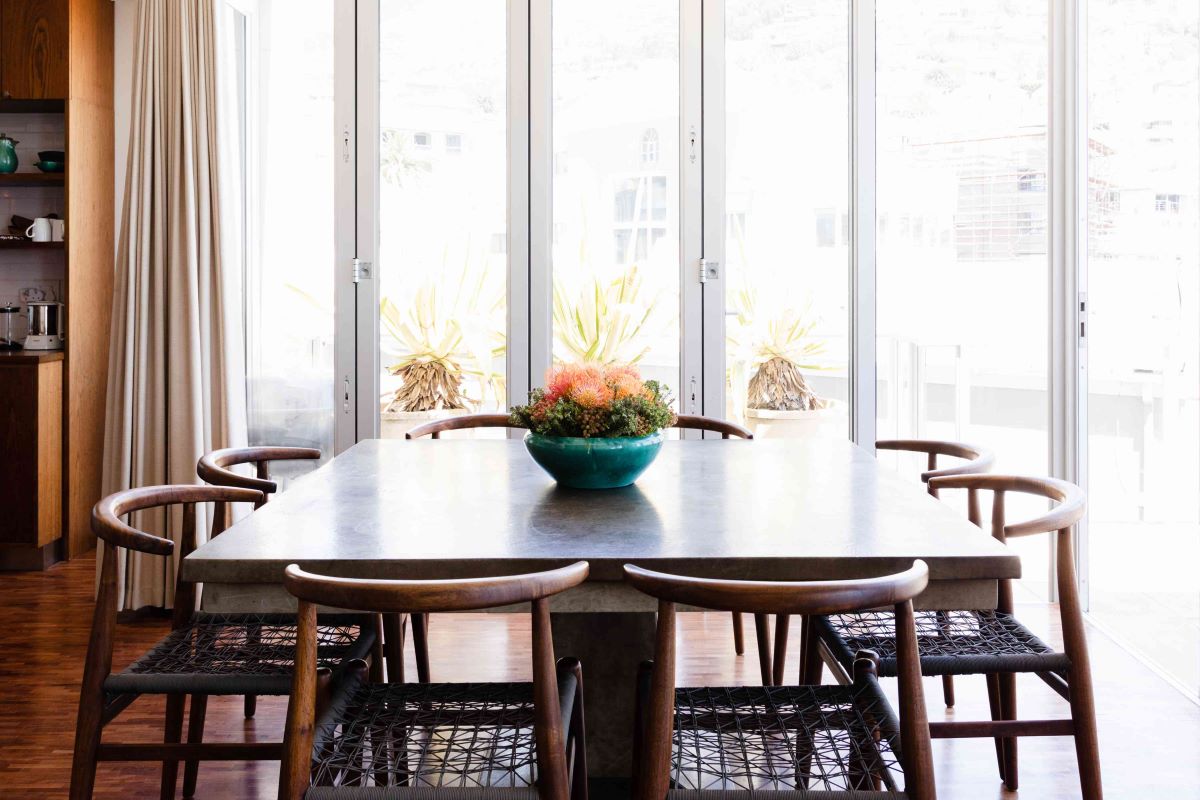

Articles
What Is A Good Size Dining Room
Modified: October 20, 2024
Discover the perfect size for your dining room with our comprehensive articles. Find expert tips and advice on choosing the right dimensions for your space.
(Many of the links in this article redirect to a specific reviewed product. Your purchase of these products through affiliate links helps to generate commission for Storables.com, at no extra cost. Learn more)
Introduction
Welcome to our guide on determining the ideal size for a dining room. The dining room is a space where families and friends gather to share meals, engage in conversations, and create lasting memories. It is essential to have a well-designed and properly sized dining area to ensure comfort and functionality.
When determining the size of your dining room, various factors need to be taken into consideration. The size of your dining table, the number of chairs you plan to accommodate, the available space in your home, and your personal preferences all play a role in determining the optimal dimensions.
In this article, we will explore the factors you should consider when determining the size of your dining room. We will provide general recommendations for dining room sizes based on the number of people you plan to accommodate. Furthermore, we will offer tips on furniture selection, layout, design ideas, and lighting to create a pleasant and inviting dining space.
Whether you have a small apartment, a medium-sized home, or a spacious mansion, this guide will help you make informed decisions when it comes to designing your dining room. So, let’s dive in and create the perfect dining area for you and your loved ones!
Key Takeaways:
- When determining the ideal size for your dining room, consider the number of people you plan to accommodate, available space, and your lifestyle preferences. Flexibility in furniture and design choices allows for a personalized and inviting dining space.
- Whether you have a small, medium, or large dining room, smart furniture selection, thoughtful layout and design ideas, and well-planned lighting can transform your dining area into a visually captivating and functional space that reflects your unique style and enhances the overall ambiance of your home.
Read more: What Is A Good Living Room Size
Factors to Consider
Before determining the size of your dining room, it is important to consider a few key factors that will influence your decision. These factors include the number of people you plan to accommodate, the available space in your home, and your lifestyle and entertaining preferences.
- Number of People: The first and most important factor to consider is the number of people you typically have over for meals. Do you frequently entertain large groups of family and friends, or do you prefer more intimate gatherings? This will help determine how many seats you need to have in your dining area.
- Available Space: Take into account the size and layout of your home. Measure the available space for your dining area, including any potential extensions or adjoining rooms that can be used for expansion. This step will help you determine the maximum size your dining room can be.
- Lifestyle and Entertaining Preferences: Consider how you and your family use the dining room. Do you prefer formal or casual dining? Are you someone who hosts frequent dinner parties or holiday gatherings? Understanding your lifestyle and entertaining preferences will guide your decision-making process.
By considering these factors, you can determine the optimal size for your dining room, ensuring that it meets your practical needs and aligns with your personal style and preferences. Remember, the dining room should not only be functional but also reflect your unique taste and create an inviting atmosphere for all who gather there.
Dining Room Size Recommendations
When it comes to determining the size of your dining room, there are some general recommendations based on the number of people you plan to accommodate. Keep in mind that these are just guidelines, and you can adjust them based on your specific needs and preferences.
Small Dining Rooms (4-6 people): If you have a small dining area, typically measuring around 10×10 feet (3×3 meters), it is recommended to have a dining table that can seat 4-6 people comfortably. Opt for a round or square table as they take up less space and promote better conversation among guests. Keep in mind that you should leave at least 36 inches (91 cm) of space between the table and walls or other furniture for easy movement.
Medium Dining Rooms (6-8 people): For a medium-sized dining room, which is usually around 12×12 to 14×14 feet (3.6×3.6 to 4.3×4.3 meters), aim for a table that can accommodate 6-8 people. Rectangular or oval-shaped tables are ideal for these spaces, as they provide more surface area for larger meals or gatherings. Allow for approximately 42-48 inches (107-122 cm) of space between the table and walls or other furniture to ensure comfortable seating and movement.
Large Dining Rooms (8+ people): If you have a spacious dining area, measuring around 16×16 feet (4.9×4.9 meters) or more, you can easily accommodate larger groups of 8 or more people. Consider investing in a rectangular or oval-shaped table that can seat 8-10 people comfortably. Ensure there is ample space of 54-60 inches (137-152 cm) between the table and walls or other furniture, providing a comfortable and spacious dining experience.
Remember that these recommendations are flexible, and you can adjust them based on your specific needs. If you frequently host large gatherings and need additional seating, consider adding a buffet or sideboard to store extra chairs or utilize extendable tables that can be adjusted when needed.
Having the right-sized dining room will not only ensure comfort but also create an inviting ambiance for all who gather for meals and conversations.
Small Dining Rooms
Having a small dining room doesn’t mean you have to compromise on style or functionality. With the right furniture selection and layout, you can create a cozy and inviting dining space that maximizes the available area.
When it comes to small dining rooms, space optimization is key. Here are some tips to make the most of your compact dining area:
- Select a Compact Dining Table: Opt for a round or square dining table that can fit comfortably in the room. These shapes maximize seating capacity while taking up less visual space compared to rectangular tables. Look for tables with extending leaves or drop-leaf options that can be expanded when needed.
- Choose Space-Saving Chairs: Consider using chairs that can be stacked or folded when not in use. This allows you to clear up floor space easily and create a more open feel.
- Utilize Built-in Seating: If space permits, consider built-in seating options such as banquettes or window seats. These can be customized to fit the dimensions of your dining area, providing additional seating while eliminating the need for extra chairs.
- Use Mirrors: Strategically placed mirrors can create the illusion of a larger space by reflecting natural light and making the room appear more open and spacious.
- Optimize Lighting: Good lighting is crucial in small dining rooms. Use a combination of ambient, task, and accent lighting to create a balanced and inviting atmosphere. Consider installing a pendant light or chandelier above the dining table to anchor the space.
- Keep Decor Simple: In small dining rooms, clutter can make the space feel cramped. Keep the decor minimal and opt for light colors on the walls and furniture to create an airy and open feel. Use decorative accents sparingly to avoid overwhelming the space.
Remember, the key to a small dining room is maximizing space and creating a functional and visually appealing area. With smart furniture choices and clever design solutions, you can create a small dining room that feels spacious and inviting for you and your guests.
Medium Dining Rooms
Medium-sized dining rooms offer more flexibility in terms of space and layout. With a bit more square footage to work with, you can create a dining area that combines functionality and style. Here are some design tips for medium dining rooms:
- Select the Right Dining Table: Choose a rectangular or oval-shaped dining table that can comfortably accommodate 6-8 people. Look for tables with extendable options to easily adjust the size based on your entertaining needs.
- Consider a Sideboard or Buffet: If you have enough space, add a sideboard or buffet against one wall. This provides ample storage for dishes, table linens, and other dining essentials, while also serving as a stylish focal point.
- Create a Flowing Layout: Arrange your furniture in a way that allows for easy movement and conversation. Avoid placing the dining table too close to walls, as it can make the space feel cramped. Leave enough room for chairs to be pulled out comfortably.
- Choose Versatile Seating: Consider mix-and-match seating options such as dining chairs and upholstered benches. This adds visual interest and allows for flexible seating arrangements when hosting larger gatherings.
- Maximize Natural Light: If your dining room has windows, make the most of natural light by keeping window treatments minimal or using sheer curtains. Natural light can make the space feel brighter and more spacious.
- Create a Statement Lighting Fixture: Install a statement chandelier or pendant light above the dining table to add a touch of elegance and create a focal point in the room. Ensure the size of the light fixture complements the scale of the table and the overall room.
- Add Decorative Elements: Enhance the ambiance of your medium dining room by incorporating decorative elements such as artwork, a centerpiece, or a stylish rug. This adds personality to the space and provides a finishing touch to the overall design.
With these design tips, you can transform your medium-sized dining room into a functional and visually appealing space that is perfect for both everyday meals and special occasions. Remember to choose furniture and decor that reflect your personal style while maintaining a balance between aesthetics and practicality.
When determining the size of a dining room, consider allowing at least 24-30 inches of table width per person, as well as additional space for chairs, walkways, and any other furniture or features in the room. This will ensure comfortable and functional dining space for your needs.
Read more: What Size Chandelier For A Dining Room
Large Dining Rooms
Large dining rooms offer the opportunity to create a grand and luxurious space for hosting lavish gatherings and entertaining guests. With ample square footage, you have the freedom to be creative in the design and layout. Here are some tips to make the most of your large dining room:
- Choose a Spacious Dining Table: Select a large rectangular or oval dining table that can comfortably seat 8 or more people. Consider opting for a statement-making table with intricate designs or unique finishes to serve as the focal point of the room.
- Create Defined Areas: If your large dining room has enough space, consider dividing it into different functional areas. This can include a dedicated area for a buffet or bar, a lounge area with comfortable seating, or a reading corner. Utilize furniture, rugs, or room dividers to clearly define these areas.
- Incorporate a Sideboard or Credenza: Add a large sideboard or credenza to provide ample storage for dining essentials, such as extra serving platters, glassware, and table linens. Not only does this offer practicality, but it also adds sophistication and style to the room.
- Utilize Upholstered Chairs: Opt for upholstered dining chairs to provide a touch of luxury and comfort in the room. Choose fabrics that complement the overall design scheme and add texture and visual interest.
- Create Multiple Seating Areas: In addition to the dining table, consider creating additional seating areas within the room. This can include a cozy seating area with armchairs and a coffee table, or a reading nook with a comfortable chair and bookshelves. These areas provide versatility and make your large dining room more inviting for different activities.
- Accentuate with Statement Lighting: Install a dramatic chandelier or multiple pendant lights above the dining table to add a sense of grandeur to the room. Additional ambient lighting, such as wall sconces or recessed lighting, can be used to create a warm and inviting atmosphere.
- Consider Large-Scale Artwork: Display oversized artwork or a gallery wall to anchor the space and add visual interest. Large-scale pieces can fill up the wall space and create a focal point that complements the size of the room.
- Incorporate Luxurious Materials: Use high-quality materials such as marble, wood, or crystal in your large dining room to elevate the overall aesthetic. From a gleaming marble tabletop to crystal chandeliers, these luxurious touches add elegance and sophistication.
With these tips, you can transform your large dining room into a magnificent space that exudes elegance and provides a luxurious dining experience for you and your guests. Remember to strike a balance between functionality, aesthetics, and the overall ambiance you want to create in your large dining area.
Furniture Selection Tips
Furniture selection plays a critical role in designing a dining room that is both functional and visually appealing. Here are some tips to consider when choosing furniture for your dining area:
- Dining Table: Start by selecting the right dining table for your space. Consider the size of your dining room, the number of people you plan to accommodate, and your entertaining preferences. Choose a table that fits comfortably in the room and allows for sufficient space for chairs to be pulled out. Rectangular, oval, round, or square tables each have their own aesthetic and space considerations, so choose one that suits your style.
- Dining Chairs: Choose dining chairs that are comfortable and complement the style of your dining table. Upholstered chairs provide added comfort, while wooden or metal chairs offer a more sleek and contemporary look. Consider the height, width, and shape of the chairs to ensure they are proportionate to the table and provide sufficient support.
- Buffet or Sideboard: If space allows, consider adding a buffet or sideboard to your dining room. This serves as both a functional storage solution and a stylish statement piece. Look for one that offers ample storage for dishes, glassware, and other dining essentials, and ensure that its scale complements the overall size of the room.
- Additional Seating: Depending on the size of your dining room and your entertaining needs, you may want to add additional seating options. This can include benches, corner seating, or even bar stools if you have a bar counter within the dining area. These additional seating options provide versatility and can be used for different purposes beyond mealtime.
- Display Cabinets or Shelves: Consider incorporating display cabinets or shelves to showcase your fine china, glassware, or decorative pieces. These not only provide storage but also add visual interest and allow you to personalize your dining area.
- Rugs and Floor Protection: Define the dining space by placing a rug underneath the dining table and chairs. Make sure the rug is large enough to accommodate the dining set completely, allowing chairs to be pulled out without catching on the edge of the rug. Additionally, consider using floor protectors or coasters to prevent scratches and damage to the flooring from the movement of chairs.
- Style and Materials: Choose furniture that reflects your personal style and complements the overall design aesthetic of your home. Consider factors such as the material, color, and finish of the furniture pieces to ensure they align with your desired look and feel.
By carefully selecting the right furniture for your dining room, you can create a harmonious and functional space that is comfortable, stylish, and inviting.
Layout and Design Ideas
When it comes to designing your dining room, the layout and overall design play a crucial role in creating a space that is both functional and visually appealing. Here are some ideas to help you create an inviting and well-designed dining area:
- Focal Point: Choose a focal point for your dining room, such as a statement lighting fixture, an accent wall, or a large piece of artwork. This provides a visual anchor and sets the tone for the overall design scheme.
- Open Floor Plan: If your dining area is part of an open floor plan, consider using rugs or furniture placement to delineate the dining space from the rest of the room. This creates a sense of definition while maintaining an open and spacious feel.
- Balance Scale and Proportion: Ensure that the scale and proportion of your furniture and decor elements are in harmony with the size of the room. Avoid overcrowding or underfilling the space and aim for a balanced and well-proportioned design.
- Centerpiece: Enhance the dining table with a stylish centerpiece. This can include a floral arrangement, a decorative bowl, or a sculptural centerpiece that adds visual interest and serves as a focal point during meals.
- Wall Treatments: Consider adding texture and visual interest to the walls. This can be achieved through wallpaper, wainscoting, or a combination of paint colors. Choose hues that complement the overall color palette and create a cohesive look.
- Mix and Match: Don’t be afraid to mix different styles, materials, and finishes in your dining room design. Combining modern and traditional elements or mixing different textures adds visual depth and adds a touch of individuality to the space.
- Window Treatments: Choose window treatments that allow natural light to filter into the dining area while providing privacy when needed. Consider using sheer curtains, blinds, or shades that can be easily adjusted to control the amount of light and create the desired ambiance.
- Accent Chairs: Incorporate accent chairs or upholstered dining chairs in a complementary or contrasting color to add visual interest. This breaks up the monotony of matching dining chairs and adds an element of personal style to the space.
- Use Mirrors: Strategically place mirrors on the walls to create the illusion of more space and reflect light. This can make the dining room appear larger and more airy while adding a touch of elegance.
- Personal Touches: Infuse the dining room with your personality by adding personal touches. This can include family photos, meaningful artwork, or sentimental objects that tell a story and create a sense of intimacy and familiarity.
Remember, your dining room should reflect your personal style and create an environment that fosters warmth and connection. Incorporate these layout and design ideas to transform your dining area into a space that is not only functional but also visually captivating.
Lighting
Lighting is a crucial element in creating the right ambiance in your dining room. It not only serves a functional purpose but also contributes to the overall design and mood of the space. Here are some tips for choosing and arranging lighting in your dining area:
- Chandelier or Pendant Lights: Install a stunning chandelier or a series of pendant lights above the dining table. This serves as a focal point and adds an element of elegance and sophistication to the room. Consider the size and style of the fixture, ensuring it is proportionate to the table and complements the overall design scheme.
- Ambient Lighting: Use ambient lighting, such as recessed ceiling lights or wall sconces, to create a warm and inviting atmosphere in the dining room. This provides overall illumination and helps set the mood for different occasions.
- Task Lighting: Incorporate task lighting such as a buffet lamp or a table lamp on a sideboard or console table. This provides focused lighting for tasks such as setting up or clearing the table, and adds a touch of sophistication to the overall design.
- Dimmer Switch: Install a dimmer switch for your dining room lighting. This allows you to adjust the intensity of the light to create different atmospheres for various occasions. Lower the lights for an intimate dinner or raise them for a lively gathering.
- Natural Light: If your dining room has windows, make the most of natural light during the day. Avoid heavy window treatments that block out light and instead choose sheer curtains or blinds that can be drawn when privacy is needed.
- Candles and Decorative Lighting: Enhance the ambiance of your dining room by incorporating candles or decorative lighting. Candles placed on the dining table or on display shelves create a warm and intimate atmosphere, perfect for special occasions or romantic dinners.
- Layer Lighting: Combine different layers of lighting, such as ambient, task, and accent lighting, to create depth and dimension in your dining area. This allows you to adjust the lighting levels based on the activities or mood of the occasion.
- Highlight Artwork or Features: Use accent lighting, such as track lighting or spotlights, to highlight artwork, architectural details, or a feature wall in your dining room. This draws attention to these elements and adds visual interest to the space.
- Consider Bulb Types: Choose the appropriate bulb types for your dining room lighting fixtures. Consider energy-efficient LED bulbs that provide bright illumination while conserving energy and creating a long-lasting lighting solution.
- Smart Lighting Controls: Consider using smart lighting systems that allow you to control the intensity, color, and timing of your dining room lights through a smartphone app or voice command. This adds convenience and flexibility to your lighting design.
By incorporating appropriate and well-designed lighting in your dining room, you can create a welcoming and visually stunning space that enhances the dining experience for you and your guests.
Read more: What Is A Good Paint Color For A Dining Room
Conclusion
Designing the perfect dining room involves careful consideration of various factors, including size, furniture selection, layout, lighting, and personal style. By taking into account the specific needs and preferences of your household, you can create a dining space that not only meets your functional requirements but also reflects your unique taste and enhances the overall aesthetic of your home.
Whether you have a small, medium, or large dining room, there are recommendations to help you determine the optimal dimensions and seating capacity. Remember to consider the number of people you plan to accommodate, the available space in your home, and your lifestyle and entertaining preferences when selecting the size of your dining room.
Choosing the right furniture for your dining area is essential. Select a dining table that fits comfortably in the space and complements your design style. Pair it with chairs that are both comfortable and visually appealing. Consider additional furniture pieces such as sideboards or buffets for storage and as design focal points.
Layout and design ideas can transform your dining room into a visually captivating space. Create a focal point with lighting fixtures or artwork, and create a balanced and well-proportioned design. Personal touches, such as family photos or sentimental objects, can add a sense of intimacy.
Lighting plays a vital role in the ambiance of your dining room. Combine different types of lighting, such as chandeliers, ambient lighting, and task lighting, to create the right atmosphere for different occasions. Don’t forget to consider natural light and the use of candles for a warm and inviting vibe.
In conclusion, designing your dining room should be a thoughtful and creative process that takes into account your specific needs and style preferences. By considering factors such as size, furniture, layout, lighting, and personal touches, you can create a dining space that is not only functional but also inviting, stylish, and reflects your unique personality.
Frequently Asked Questions about What Is A Good Size Dining Room
Was this page helpful?
At Storables.com, we guarantee accurate and reliable information. Our content, validated by Expert Board Contributors, is crafted following stringent Editorial Policies. We're committed to providing you with well-researched, expert-backed insights for all your informational needs.
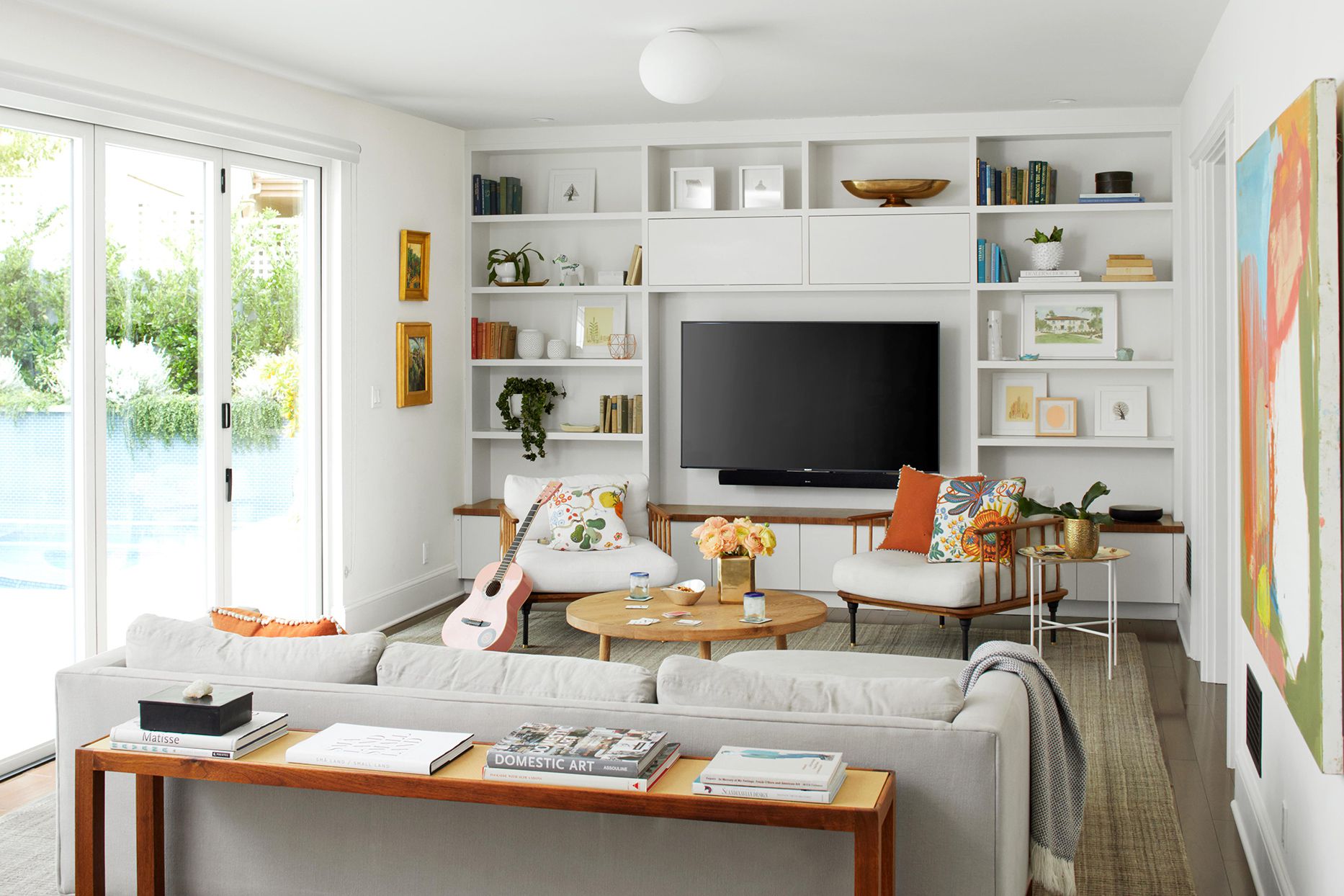
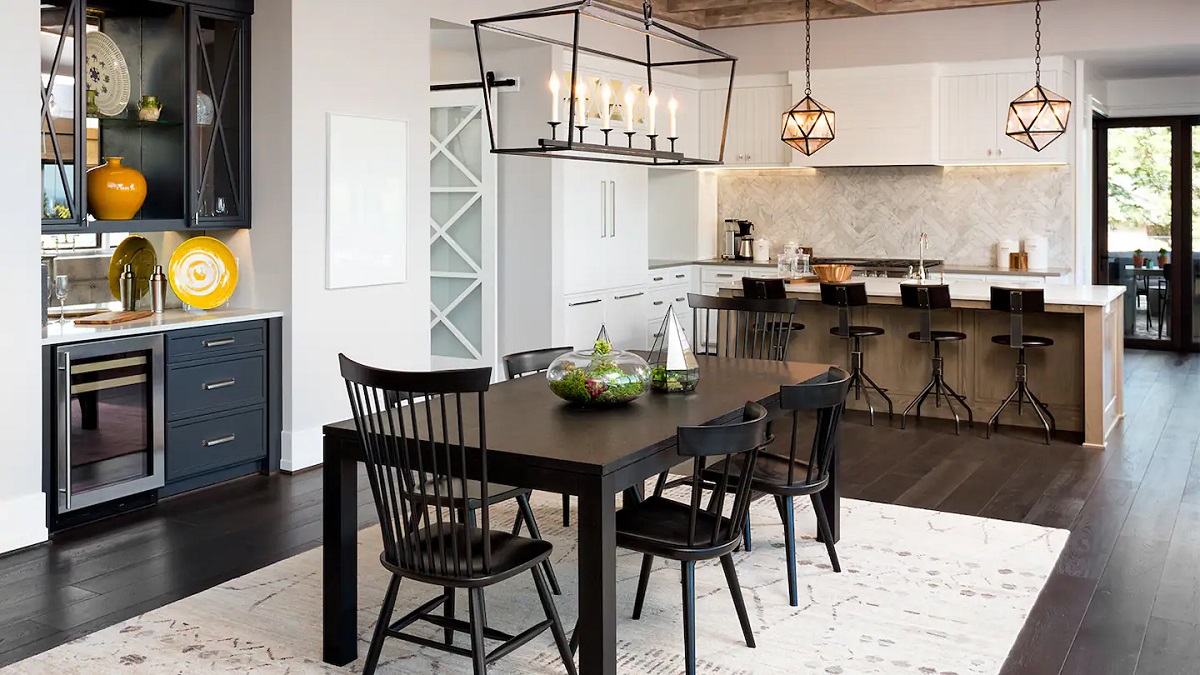
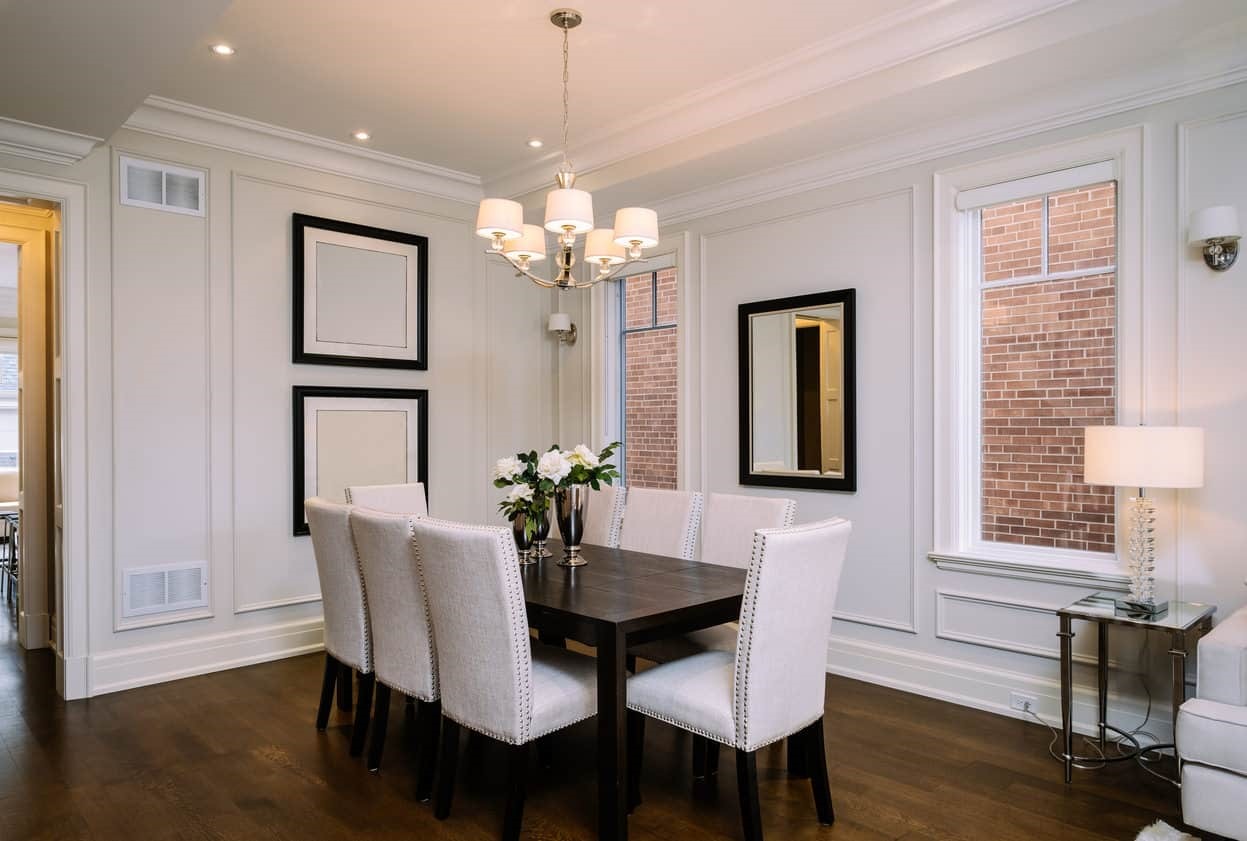
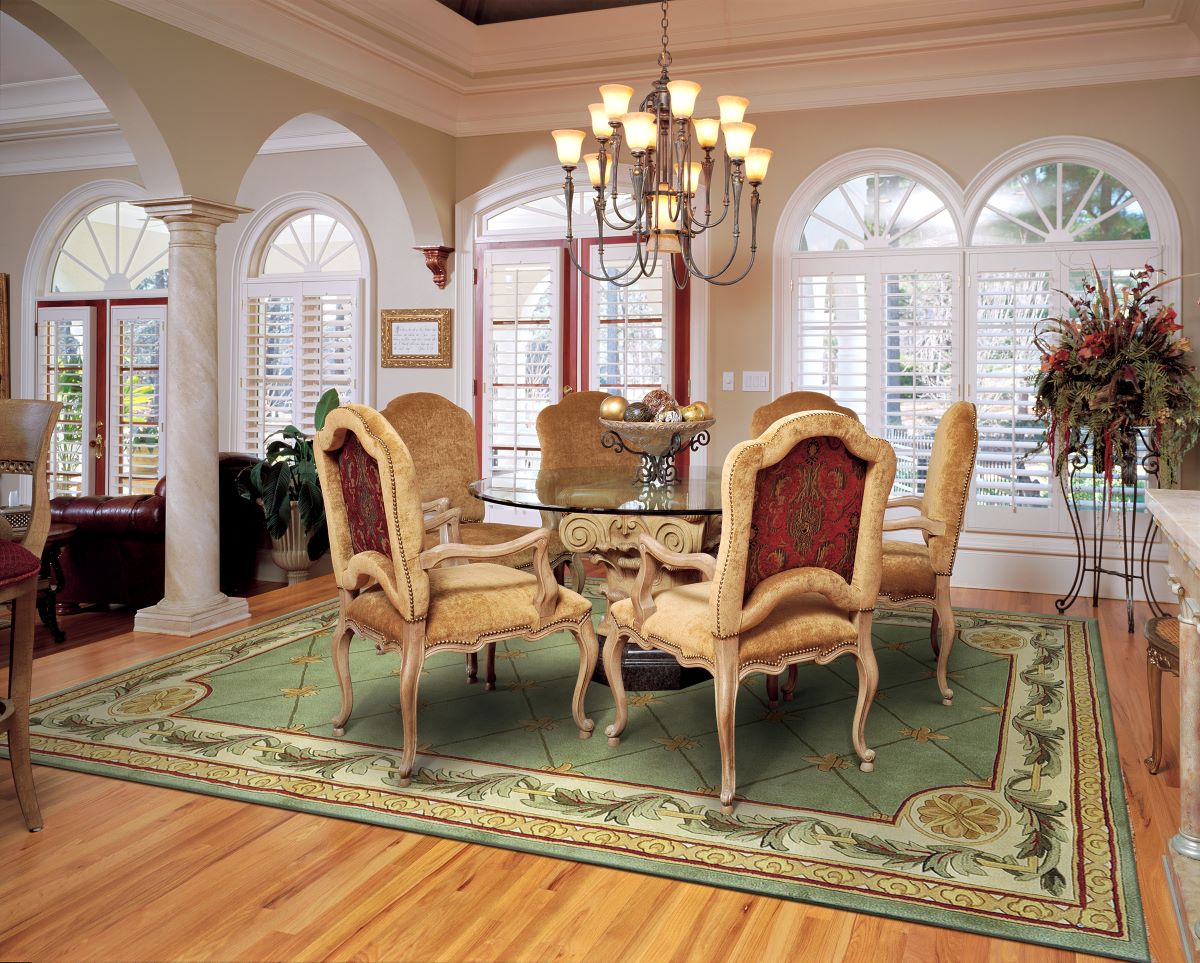
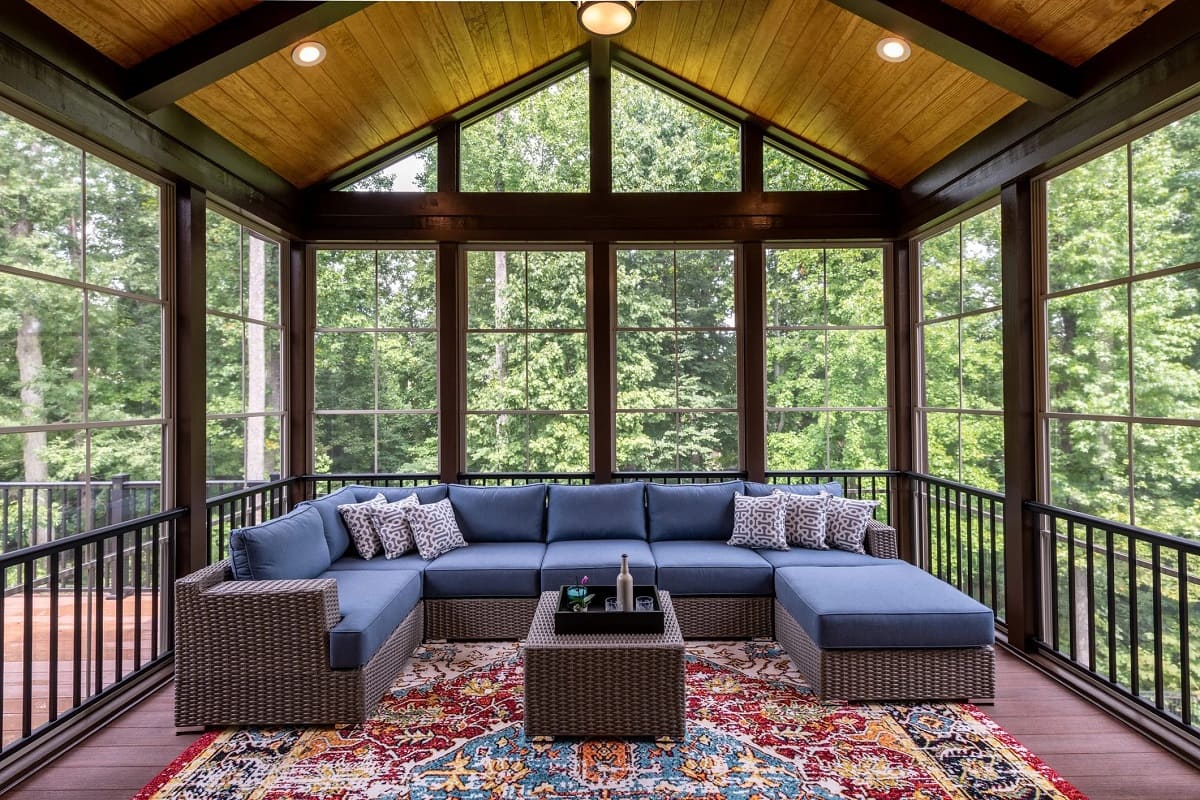

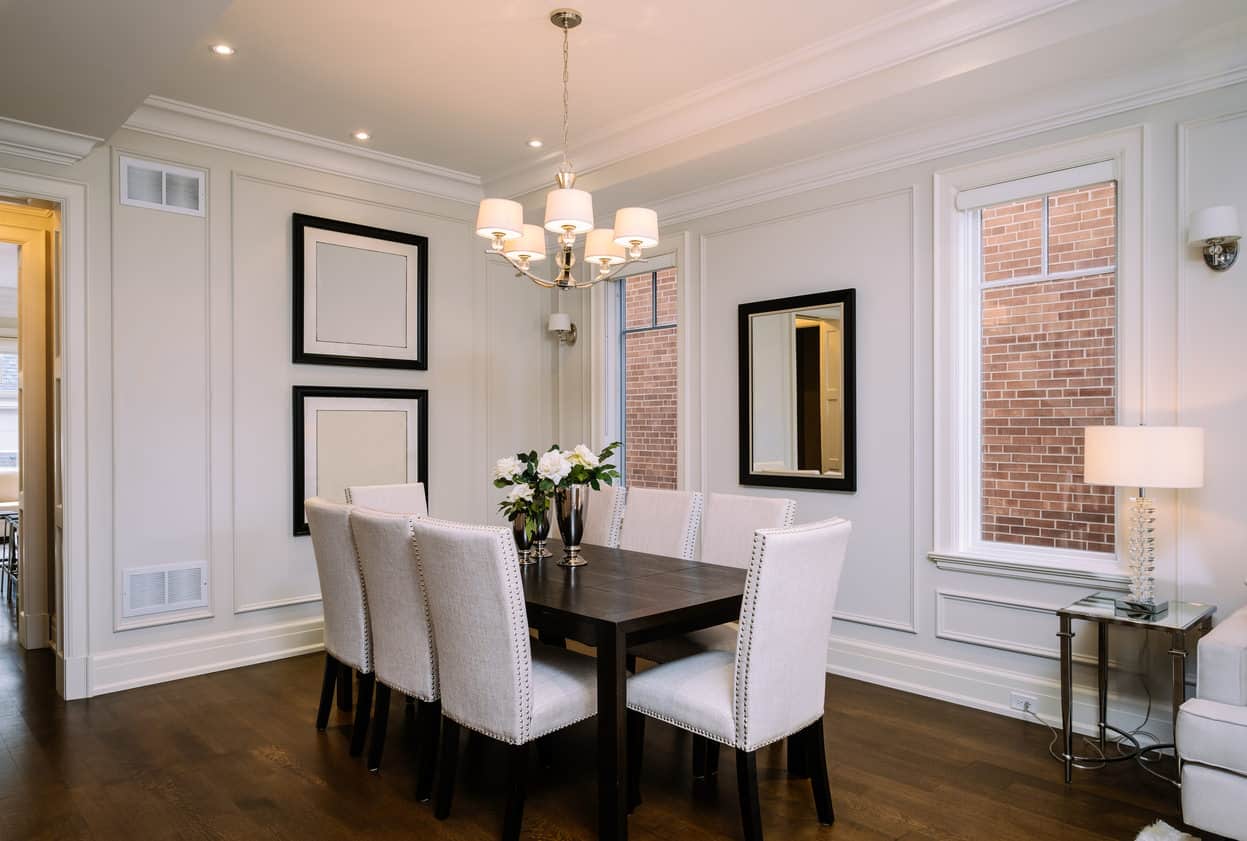
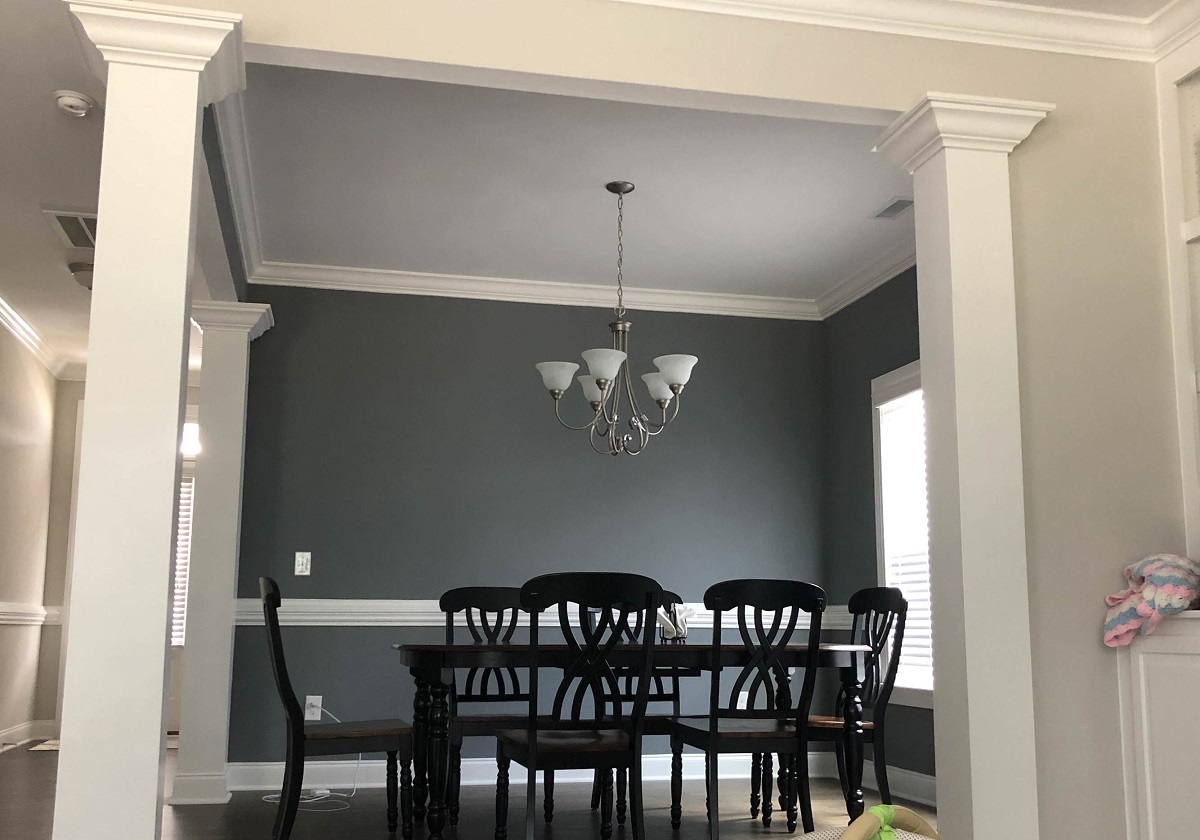
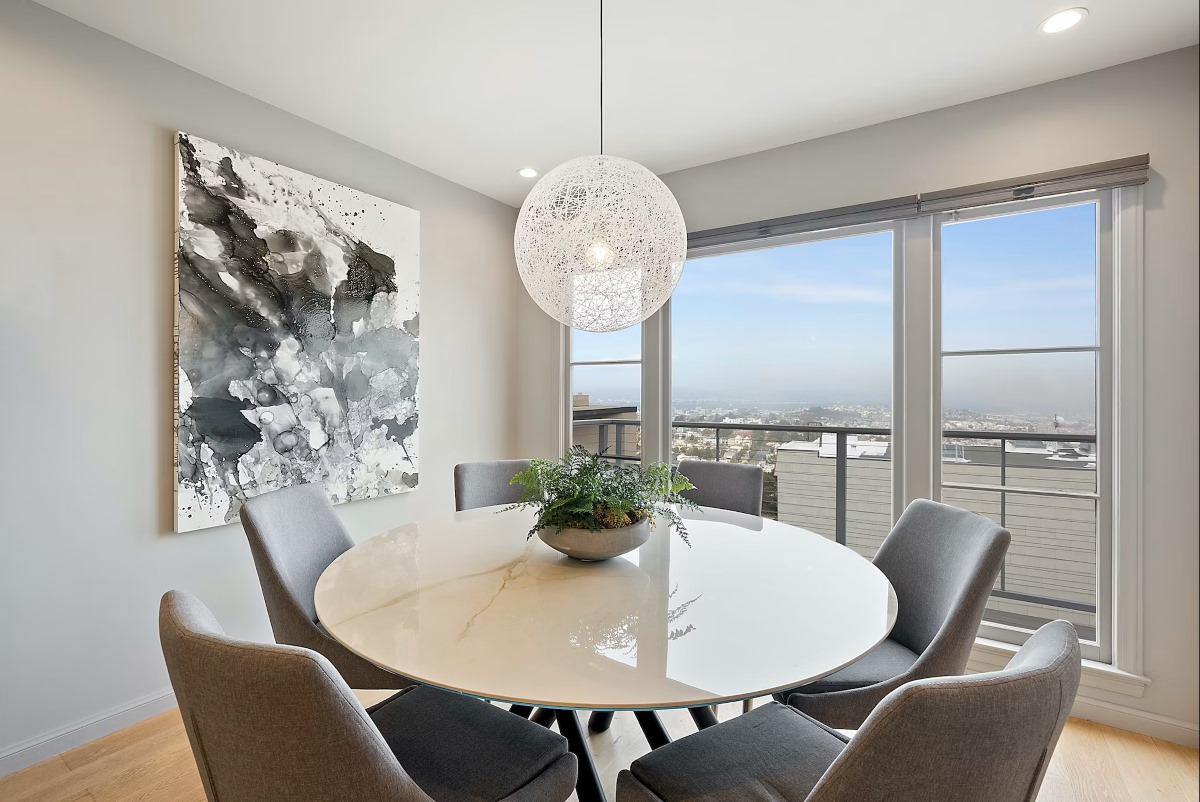
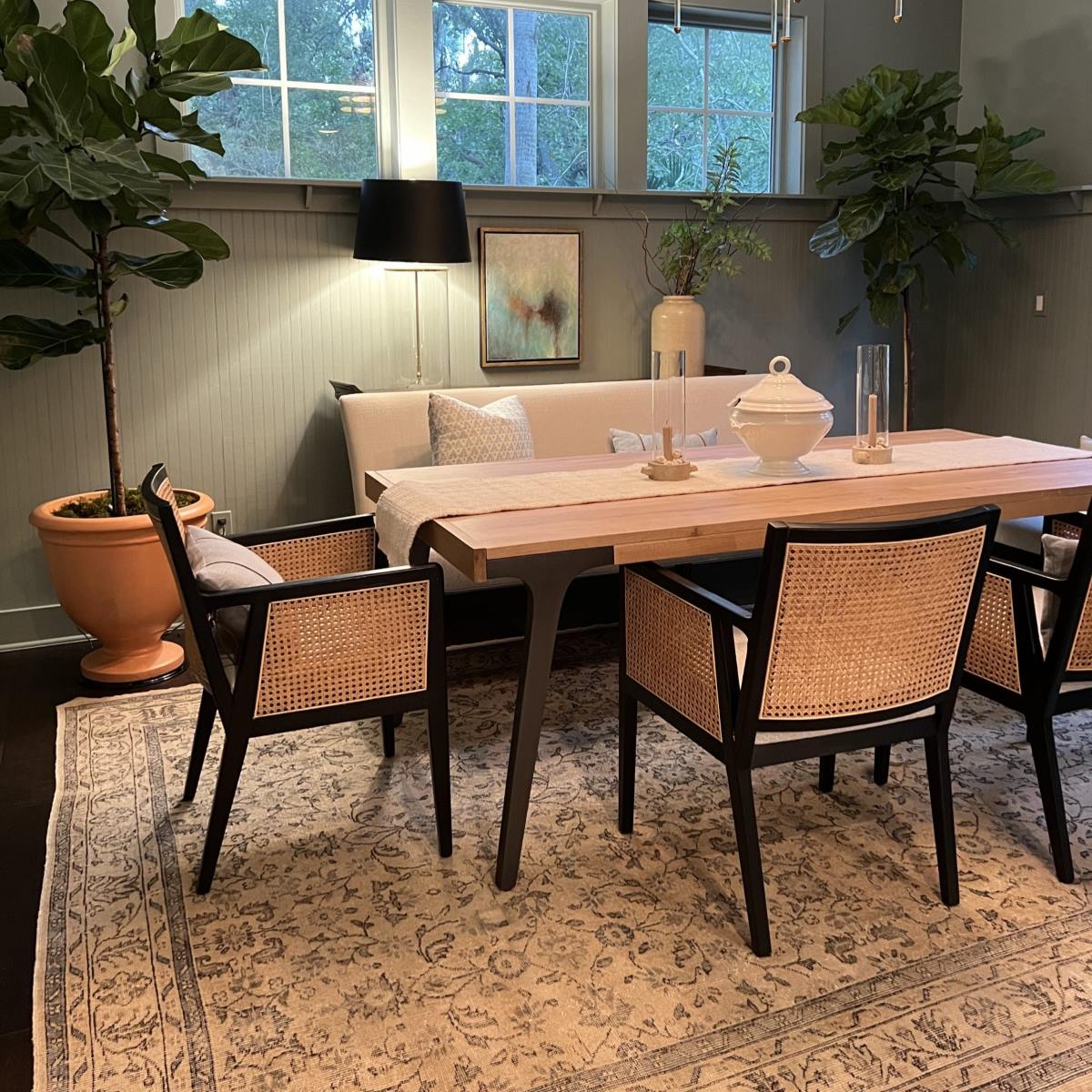
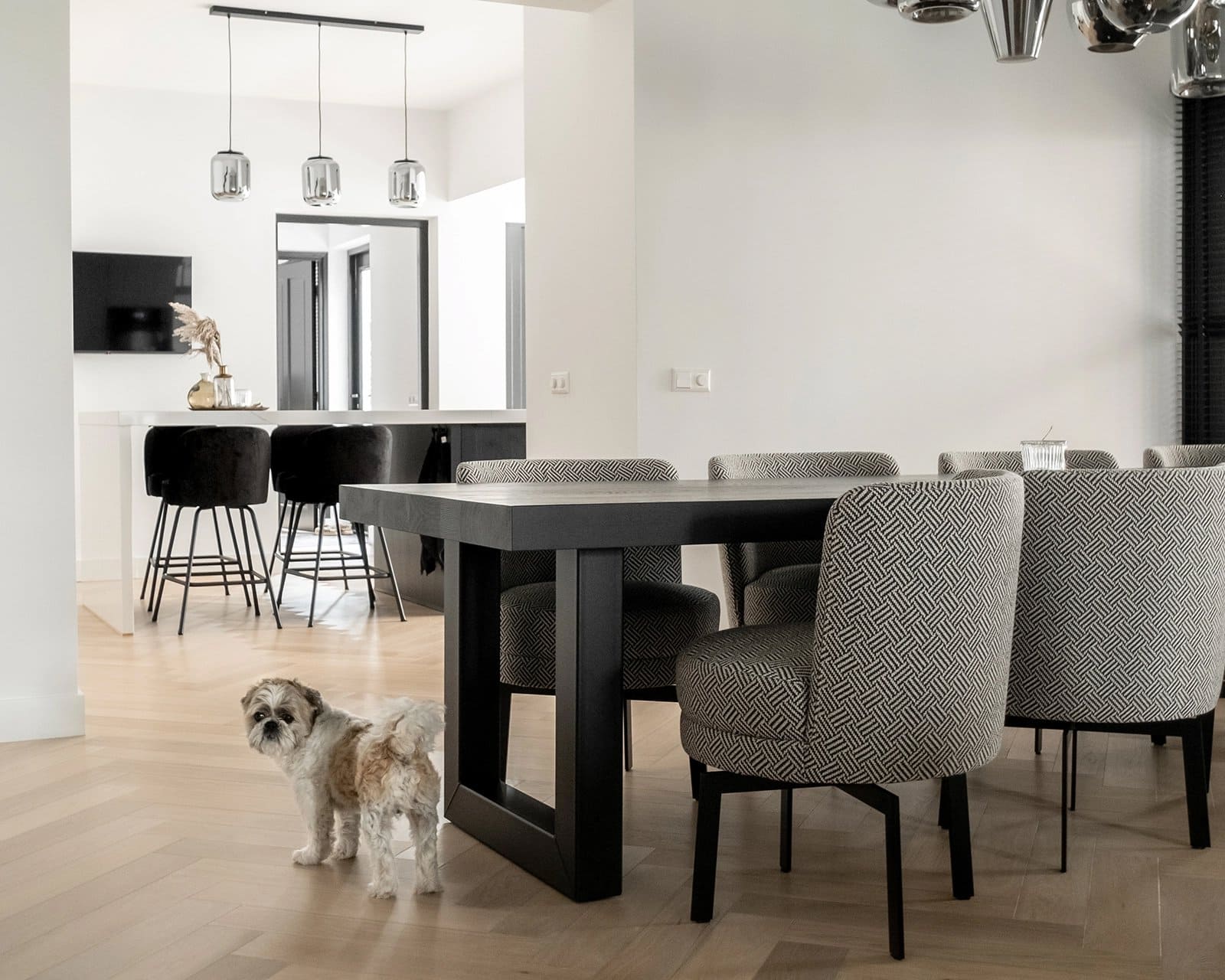
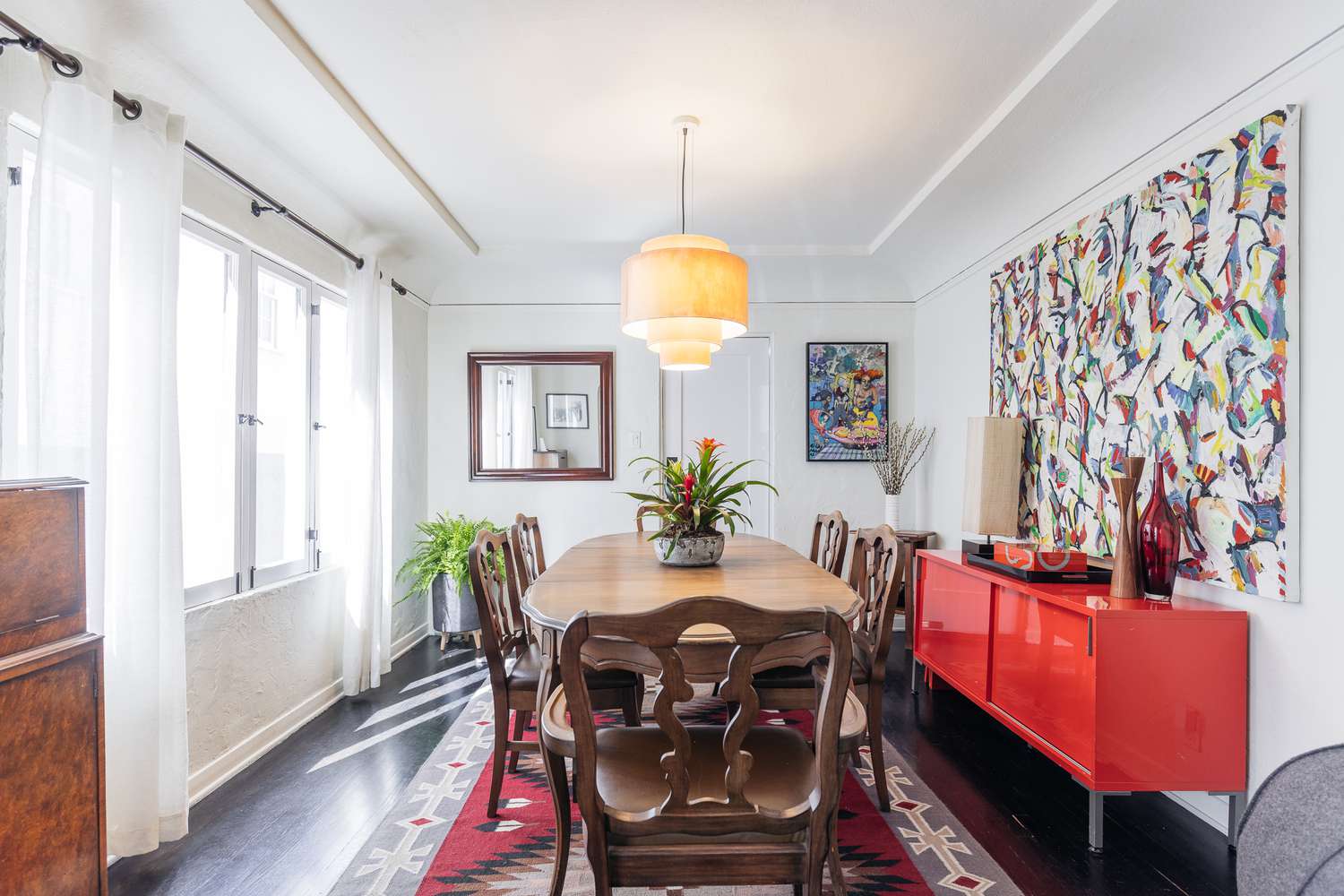
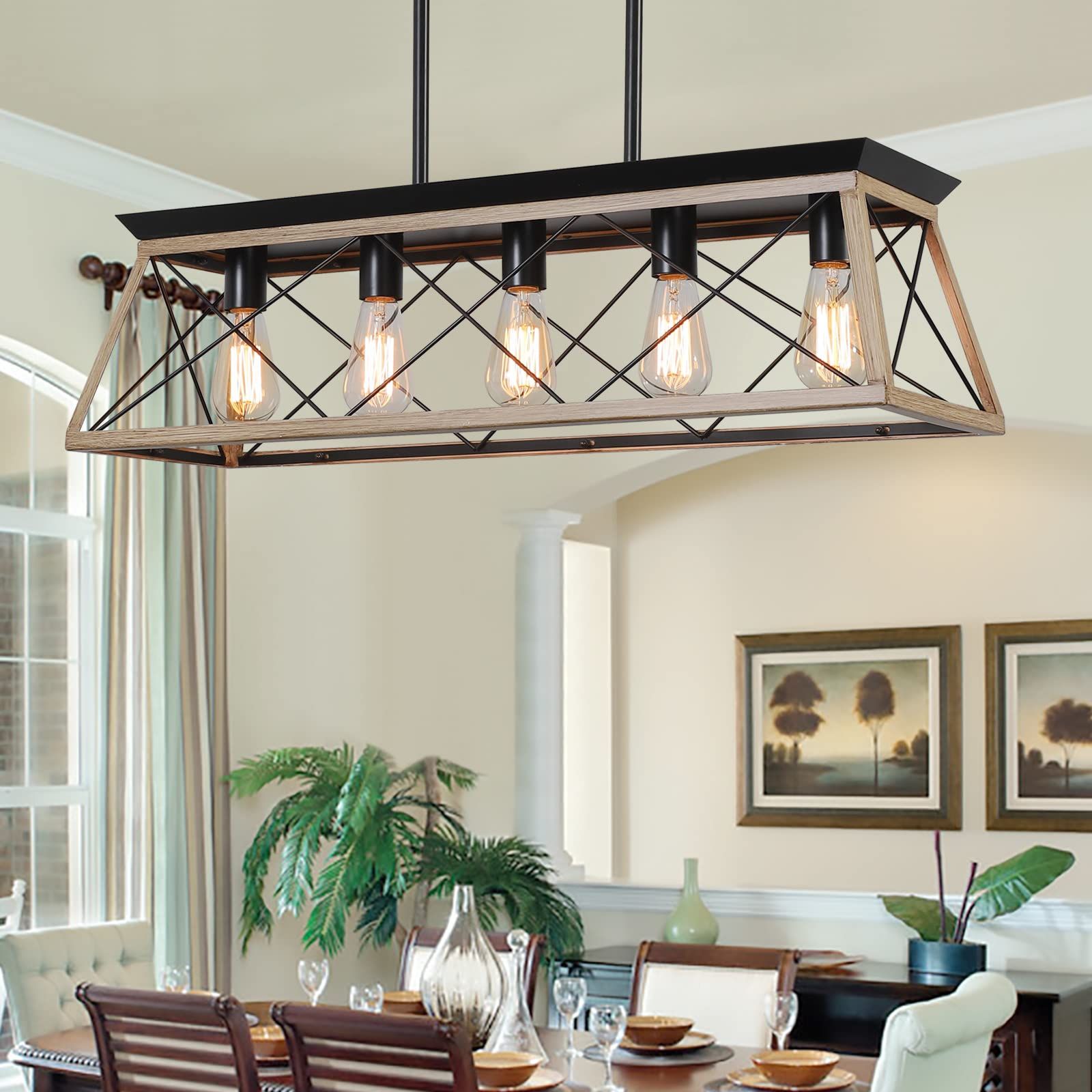

0 thoughts on “What Is A Good Size Dining Room”